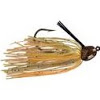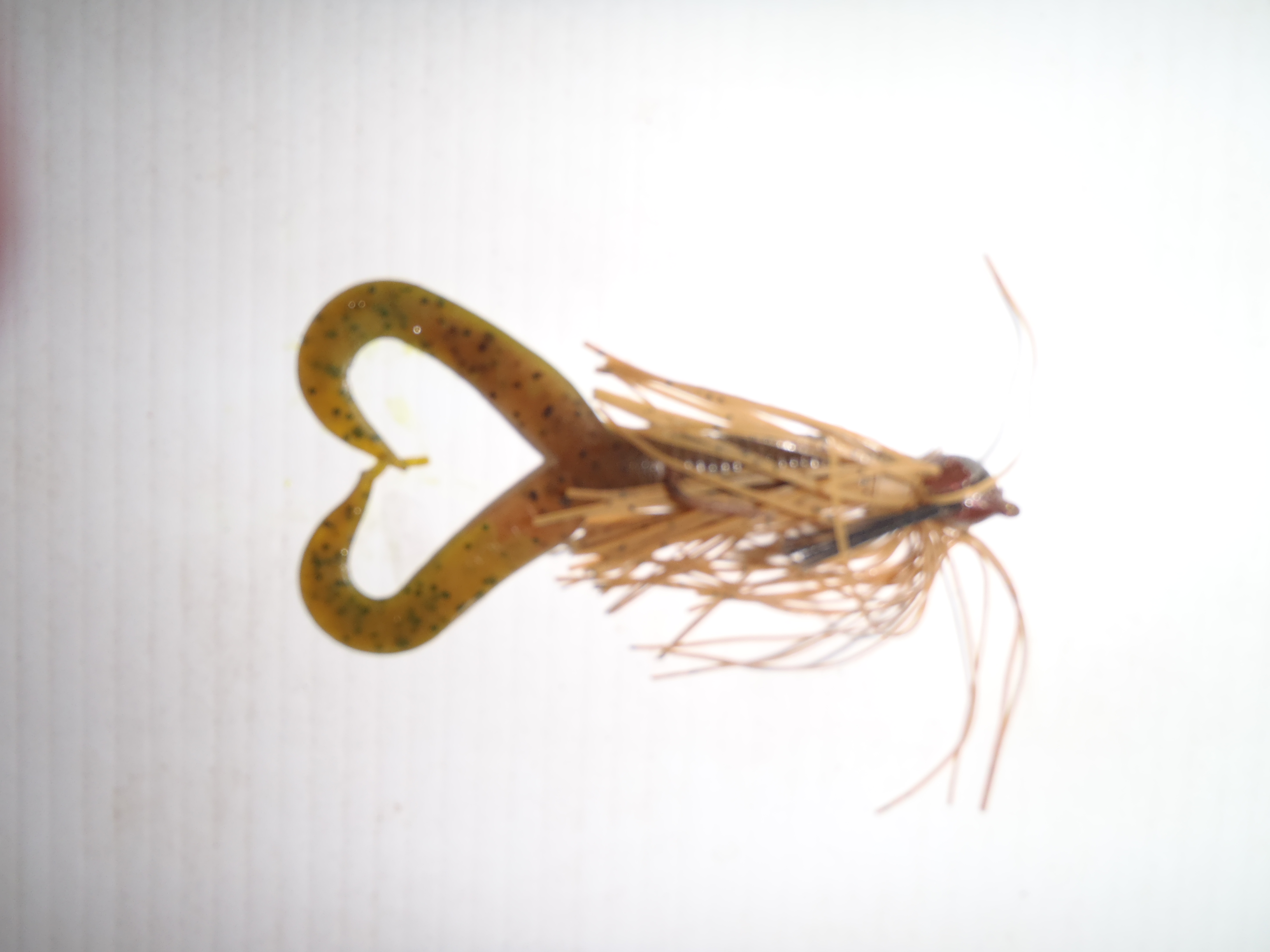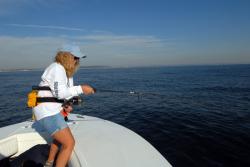Grass shrimp: Small bait, Big Results
Today’s feature comes to us from the Florida Fish & Wildlife Commission.
from The Fishing Wire
If you fish for panfish and haven’t tried grass shrimp yet, then you need to know: You’re missing out! Freshwater grass shrimp are an excellent bait for all species of sunfish, come free and are usually easy to collect.
There are a variety of species of grass shrimp, and as the name implies grass shrimp are usually associated with vegetation. They reach about two inches in size. But all you need to know as an angler is that grass shrimp catch fish! Although used primarily as a panfish bait, few freshwater fish will turn their nose up at a grass shrimp including bass up to several pounds.
So how do you get this great bait? In most lakes, it’s fairly easy. You’ll need a sturdy-framed, long-handled dip net with a mesh size of 1/4″ or so. A larger mesh will let shrimp escape, while a finer mesh will become clogged with vegetation and silt and not drain well. Any kind of reinforcement of the net bag around the frame is a major plus, because this net will really be “beating the bushes.” Bait and tackle shops sell a variety of nets that will work, but if you have trouble finding an ideal net, this certainly won’t prevent you from catching shrimp. As long as the mesh size is about right, almost any dip net should work at least moderately well.
Next, you’ll need a lake or canal with some vegetation in it. Emergent shoreline grass is ideal, but any shoreline vegetation that you can readily run your net through should produce results. “Beat” the net through the vegetation in several consecutive sweeps through the same spot, pushing the vegetation down as you sweep (the vegetation usually pops back up unharmed). Then plop the net on the ground and pick through the vegetation accumulated in the bottom of the net bag for your tiny quarry.
The shrimp go into a standard small bait bucket or “minnow bucket” with latching lid, available at most bait and tackle shops. Two versions of these plastic buckets are available, one just the standard bucket and the other a ventilated bucket that rests inside a larger bucket. The ventilated bucket design makes water changes easy—just pull it out of the main bucket, let the water drain, and then submerge it in the lake to refill it before placing it back in the main bucket. You can also leave such a bucket in the water, but some of the grass shrimp you catch will be small enough to work their way out of the holes—ditto for draining the bucket if the day’s catch of shrimp is running small. Grass shrimp are a hardy bait, and only an occasional water change is needed to keep them healthy as long as they are kept cool and out of the sun.
Because of both the small size of a sunfish’s mouth and the diminutive size of the grass shrimp, use a #8 or #10 Aberdeen hook when fishing shrimp for sunfish. Hook the bait through the bend in the tail. Keep your bobber equally small; it takes almost no flotation at all to suspend a grass shrimp. One-inch, cylindrical foam bobbers work well. These also put up little resistance when a wary sunfish takes the bait; it will be more likely to hang onto the shrimp rather than dropping it. Position the bobber about three feet above the hook for starters, but adjust for a deeper presentation if you don’t get any bites pretty quickly. Use a tiny split shot to sink the shrimp to the desired depth.
Of course, grass shrimp can also be fished on the bottom—where the bigger bluegill and redear sunfish often congregate. (A general rule when going after bream is to fish deeper if all you are catching are small ones.) Use only enough weight to cast your bait where you want to place it, and keep it there—that’s usually just a couple of split shot or at most a 1/8 ounce egg sinker set a foot or so ahead of the bait. Set the hook as soon as you feel a bite—fish will swallow grass shrimp without hesitation, so there’s no need to delay when the strike comes.
So there you have it. Grass shrimp may not always work better than live worms or crickets, but they do nearly always work at least as well. And they’re as fun to catch as they are to fish—give them a try!





